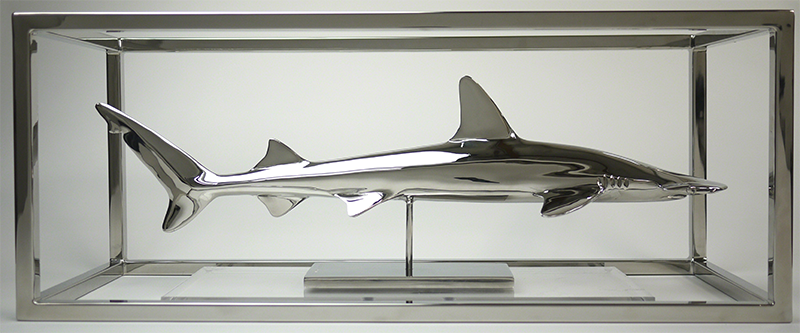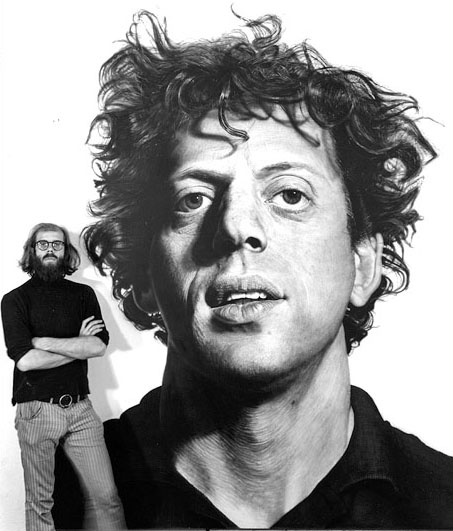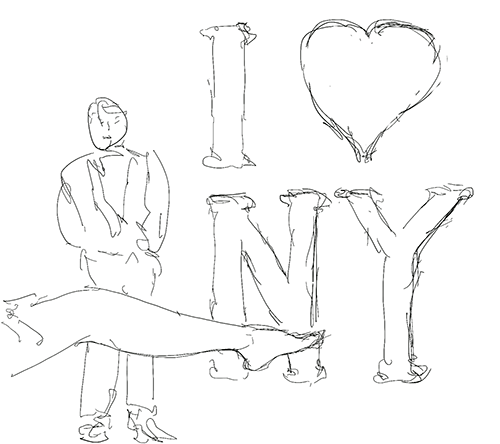I asked Claude to generate hypothetical artists, and then had gpt4o generate images based on them.
I gave it no guidance. Its choices are its own.
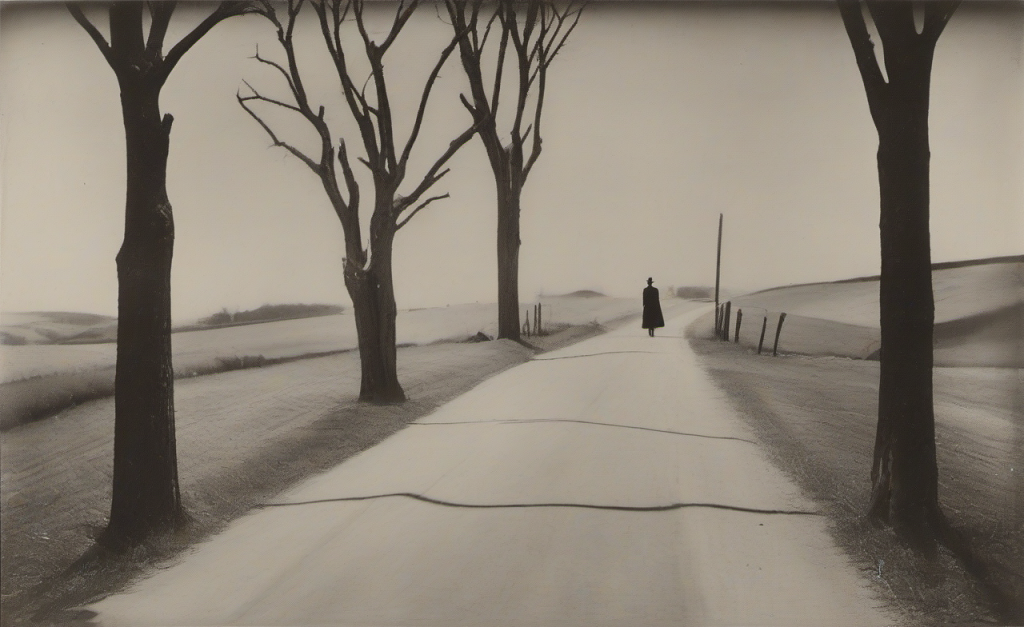
To me, these pages illustrate nicely the strengths and weaknesses of AI right now: The language is free from any obvious errors I would notice. The fabricated facts have some consistency to them.
And yet, it is all uninspired. One cliché follows the next. It is a dense condensation of all our prejudices and current assumptions. Utterly dull and uninspired. AI-generated.
This distinction between generating and creating is crucial. GenAI can generate content by synthesizing existing information and patterns. However, it often lacks the spark of true creativity. Generated things are rarely genuinely new; they are recombinations of what already exists. Creation, on the other hand, involves originality and innovation—elements that are currently more characteristic of human endeavor.
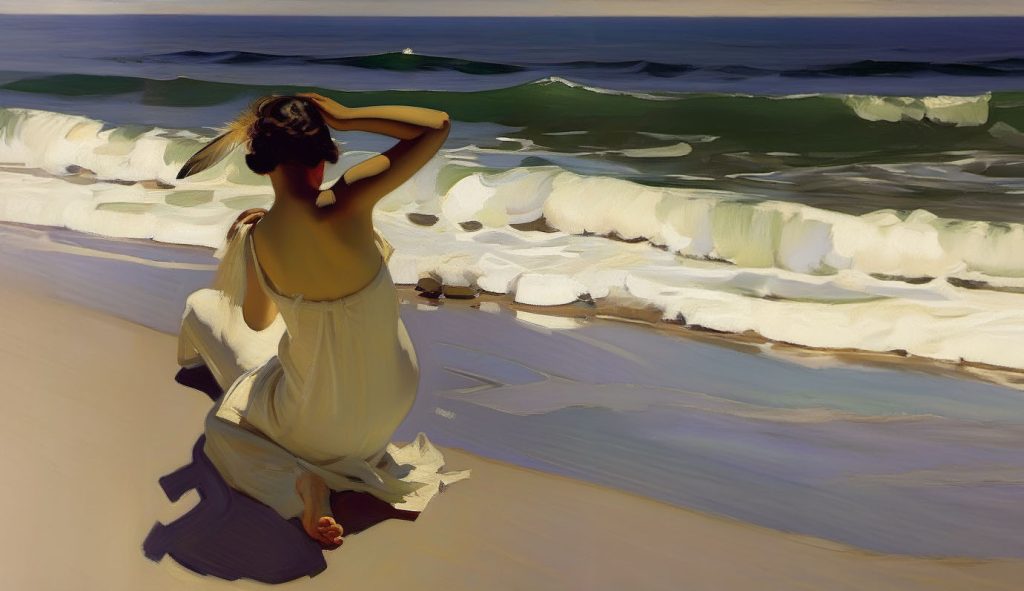
It remains open if quantitative progress, which can surely be expected from AI —after all, we keep pouring yottaflops, gigadollars, and terrawatts into the thing— will lead to a qualitative leap eventually. Then AI could actually be creative. We will see. If we are lucky. Again.
